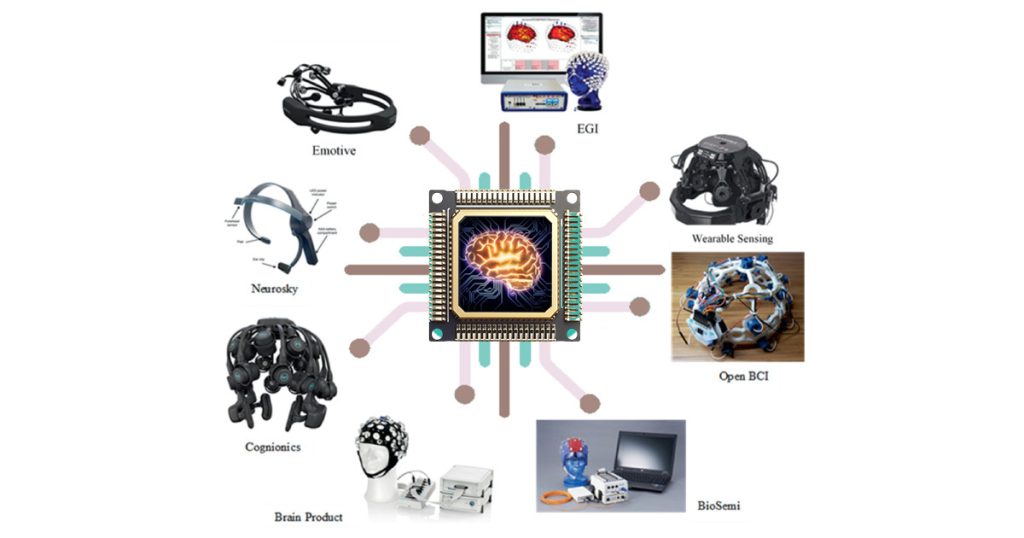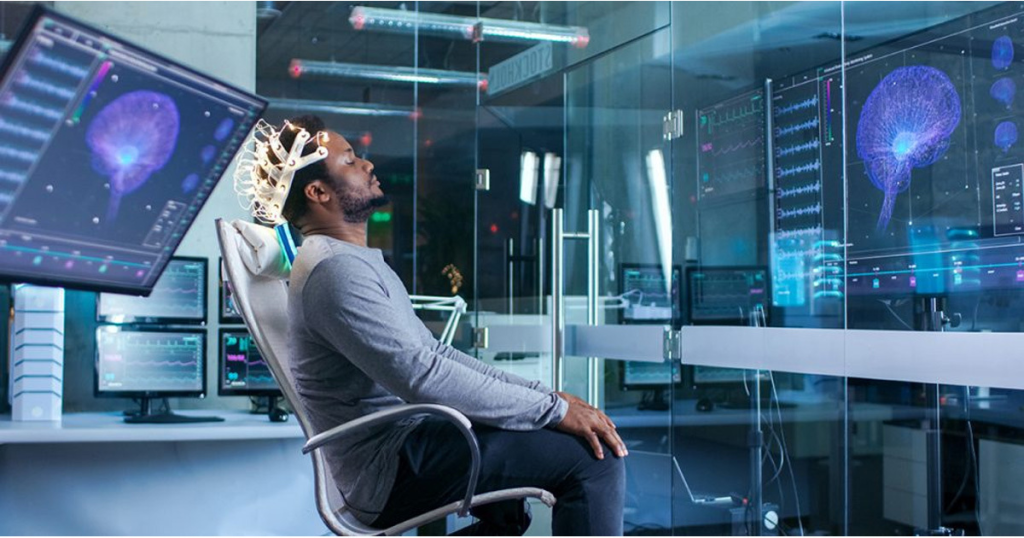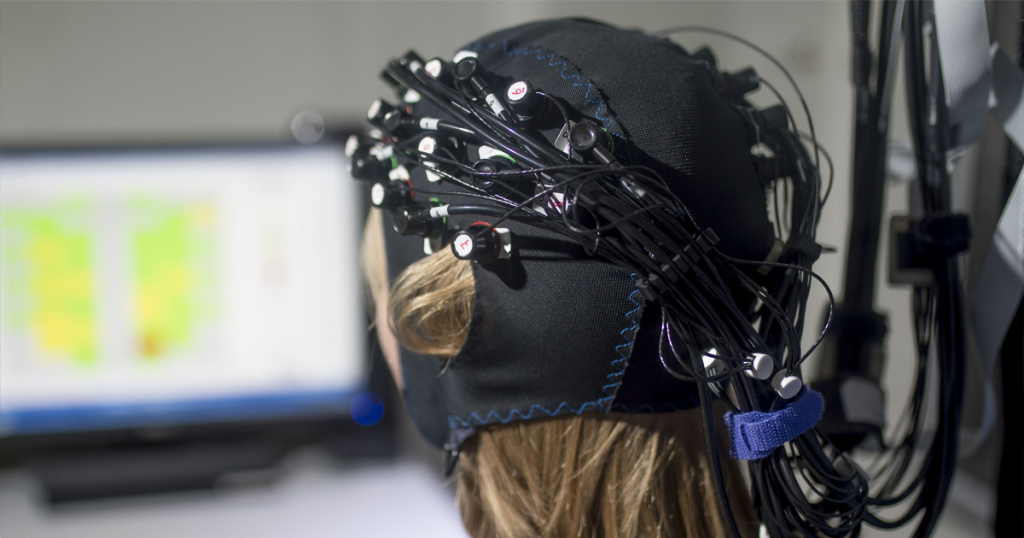
In This Article
- Understanding Brain-Computer Interfaces (BCIs)
- How Do BCIs Work?
- Advancement in BCIs
- Application and Opportunities with BCIs
The exponential growth of the global Brain-Computer Interface (BCI) market is trending news in the medical industry because of the innovation and advancement in neuroscience. The credit goes to the advancement in artificial intelligence. The BCI market is going to hit new records and is playing a vital role in assistive communication devices. This article is about the Biohybrid BCI and how it’s advancement is helping the people around the world.
Understanding Brain-Computer Interfaces (BCIs)
A Brain-Computer Interface (BCI) is the latest technology that utilizes modern methods and enables the brain to directly communicate with external devices. This is the advanced technology that decodes neural commands for communication and converts them into actionable functions to handle external devices such as robotic limbs, prosthetics, and computers. As a result, the BCIs have the power to turn human thoughts into mechanical or other actions.
Mostly, this technology is applied to neuro-prosthetics and medical applications, but the applications are innovating fields like gaming and cognitive enhancement.
How Do BCIs Work?
The BCIs work exactly as we have seen in fictional movies where the human can control the devices by merely thinking about what they require. Here are some steps involved in the whole process.
The first step is to capture the brain activity and it involves detecting and storing the electrical signal from the brain. Mainly, three major techniques collect the signals:
- The non-invasive electrodes are placed on the brain’s scalp and this technique is called Electroencephalography (EEG). It measures the brainwave pattern an collect information.
- Another technique is Electrocorticography (ECoG) in which the electrodes are placed directly on the brain. This results in more precise pattern understanding.
- To capture the signals from individual neurons, tiny electrodes are placed inside the brain and this is called Intracortical Microelectrodes.
Once the signals are stored, these may be noisy or have some mixed information therefore, are filtered for the right information. Here, machine learning algorithms and artificial intelligence work to detect the right information. Through AI, the brain may divide the signals into categories such as Alpha waves are for relaxation, and Beta waves are responsible for concentration, and movement intention. Similarly, Gamma waves show higher cognitive functions.
Once the signals are clean the decoder algorithm translates the signals into digital commands ready to be sent to the external device. The algorithms are designed for mapping the data into the neural patterns so the machines may understand the command.
In the final step, the signals are ready to send the external devices such as robotic arms, computer interfaces, and other smart devices.
Advancement in BCIs
Working in BCIs has been done since the 1970s and in the beginning, it was aimed at the advancement of medical equipment, but now, the BCIs are involved in other fields as well. To enhance the functionalities of daily life, companies like neurotech companies like Neurable, Kernel, and NextMind are working on the non-invasive BCI devices or wearables.
With the advancement in artificial intelligence, industry leaders are paying attention to the BCI-enhanced devices. CEO of neurotech startup Neurable, Ramses Alcaide says

If we can make brain-computer interfaces accessible and seamless enough, then they can be integrated into our daily lives, just as we use smartphones or laptops today. But in order to truly become a ubiquitous tool, they need to be comfortable, intuitive and reliable enough that people can use them without consciously thinking about them — similar to how we use a mouse or keyboard to interact with a computer
The use of artificial intelligence in multiple industries is innovating them and making functions seamless and smooth. Weborik Hub is a well-known platform providing services for AI integration in websites and apps and satisfying customers with premium performance.
Application and Opportunities with BCIs
CLIs are transforming the way humans interact with devices and machines and this is attracting people towards artificial intelligence and the latest trends. Here are some significant examples of BCIs working around us:
In the medical industry, assistive technologies are helping paralyzed patients to restore their mobility. Patients with spinal cord injuries or ALS benefit from the advanced wheelchairs and robot exoskeletons. Neuralink, BrainGate, and Synchron are working in these fields and presenting mind-control movements.
People facing locked-in syndrome or severe speech impairment are getting the benefit from the brain-to-text transcription and making their lives better and more productive.

The algorithms help in the seize and stroke monitoring and indicate the threats through devices. These systems are being tested in stroke rehabilitation for neurofeedback therapy to regain motor functions.
Wearable devices, IoT systems, neuro-gaming, brain-controlled devices, and other smart applications are the main focus of BCI experts.



